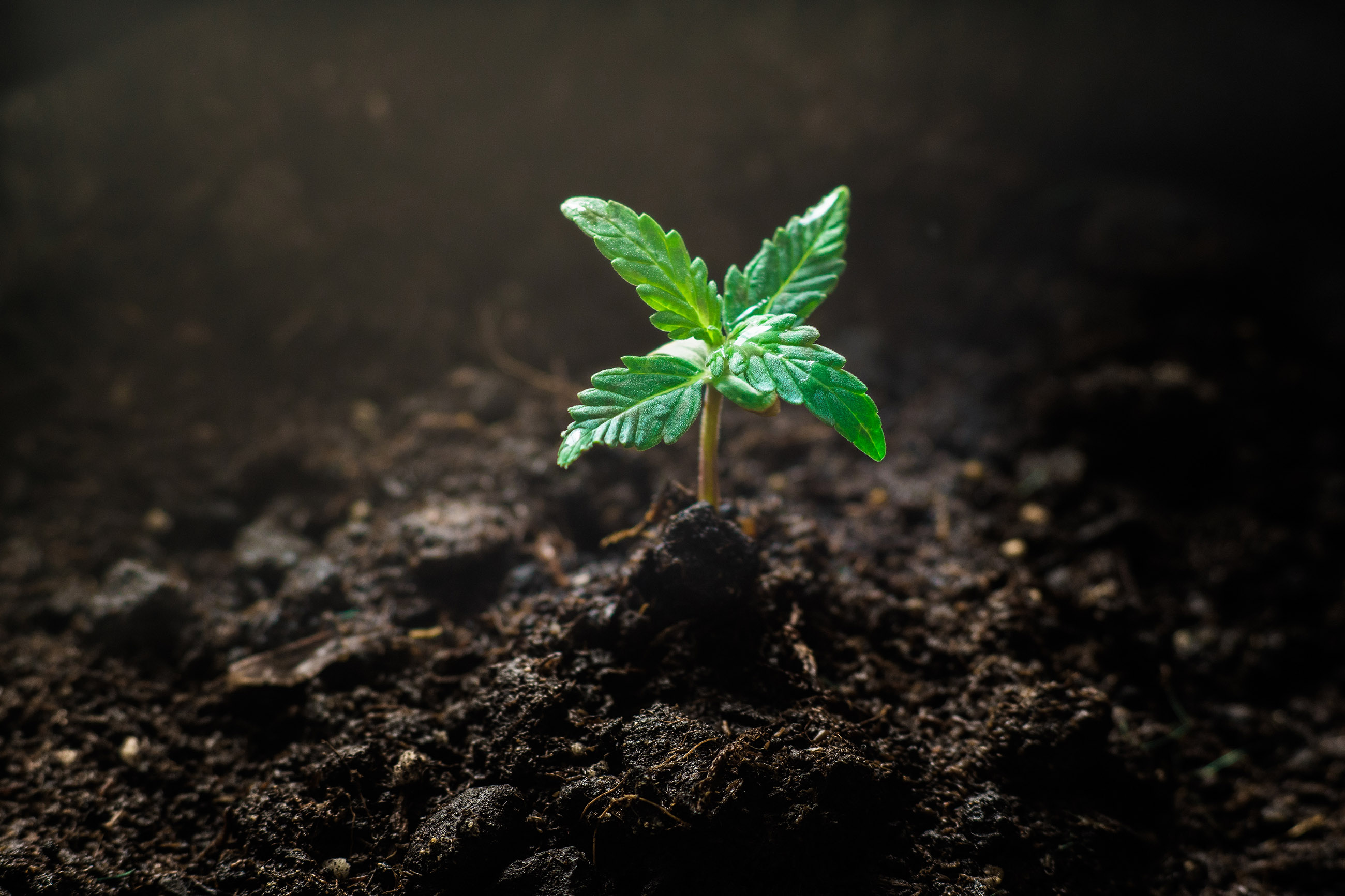Your Manganese for plants images are available in this site. Manganese for plants are a topic that is being searched for and liked by netizens today. You can Find and Download the Manganese for plants files here. Get all royalty-free images.
If you’re searching for manganese for plants images information linked to the manganese for plants keyword, you have pay a visit to the right blog. Our site frequently gives you hints for seeking the maximum quality video and image content, please kindly search and find more informative video articles and images that fit your interests.
Manganese For Plants. Why plants often struggle to absorb sufficient quantities of zinc, manganese and iron soils in the western united states are characteristically alkaline, meaning they have a ph greater than 7.0. Manganese is one of nine essential nutrients that plants. Manganese deficiency is a widespread problem, most often occurring in sandy soils, organic soils with a ph above 6 and heavily weathered, tropical soils. Manganese also supports the movement of iron in the plant.
 Manganese Sulfate Palm plant, How to apply, Nutrition From pinterest.com
Manganese Sulfate Palm plant, How to apply, Nutrition From pinterest.com
Manganese (mn) is an essential plant mineral nutrient, playing a key role in several physiological processes, particularly photosynthesis. Manganese (mn) is an important micronutrient for plant growth and development and sustains metabolic roles within different plant cell compartments. Salomone (io), on the other hand, found evidences of plasmolysis in wheat that had been fertilized with manganese dioxide at the rate of fifty kilograms per hectar. Get it as soon as wed, aug 25. Plants require manganese for a variety of biological systems including nitrogen assimilation, respiration and photosynthesis. Quantities of manganese in plants grown on the manganiferous soil.
Many processes are dependent on this nutrient, including chloroplast formation, photosynthesis, nitrogen metabolism, and synthesis of some enzymes.
Manganese is one of nine essential nutrients that plants require for growth. Many processes are dependent on this nutrient, including chloroplast formation, photosynthesis, nitrogen metabolism, and synthesis of some enzymes. Manganese is one of nine essential nutrients that plants require for growth. Manganese is an important micronutrient. Manganese (mn) is an important micronutrient for plant growth and development and sustains metabolic roles within different plant cell compartments. Manganese is used in plants as a major contributor to various biological systems including photosynthesis, respiration, and nitrogen assimilation.
 Source: blog.seedsman.com
Source: blog.seedsman.com
Manganese deficiency is a widespread problem, most often occurring in sandy soils, organic soils with a ph above 6 and heavily weathered, tropical soils. It is one of the essential elements that are the building blocks and works to manage the growth process of plants. The lime percentage was increased while the absorption of magnesia and phosphoric acid was decreased. Manganese the plant itself gets from the soil. Salomone (io), on the other hand, found evidences of plasmolysis in wheat that had been fertilized with manganese dioxide at the rate of fifty kilograms per hectar.
 Source: sensigarden.com
Source: sensigarden.com
These are conditions under which many of the essential mineral for plant growth can be tenaciously locked in the soil, unavailable for plant use. These deficiencies are relatively common in indoor plants. Producing lignin, the substance that lends strength to plant stems. Understanding plant nutrients 3 table 4. Helping to metabolize nitrogen and carbohydrates.
 Source: trifectanatural.com
Source: trifectanatural.com
This role of manganese in plants is extremely crucial. Producing lignin, the substance that lends strength to plant stems. If you have problems in your fields or garden, get your soil tested. This role of manganese in plants is extremely crucial. The lime percentage was increased while the absorption of magnesia and phosphoric acid was decreased.
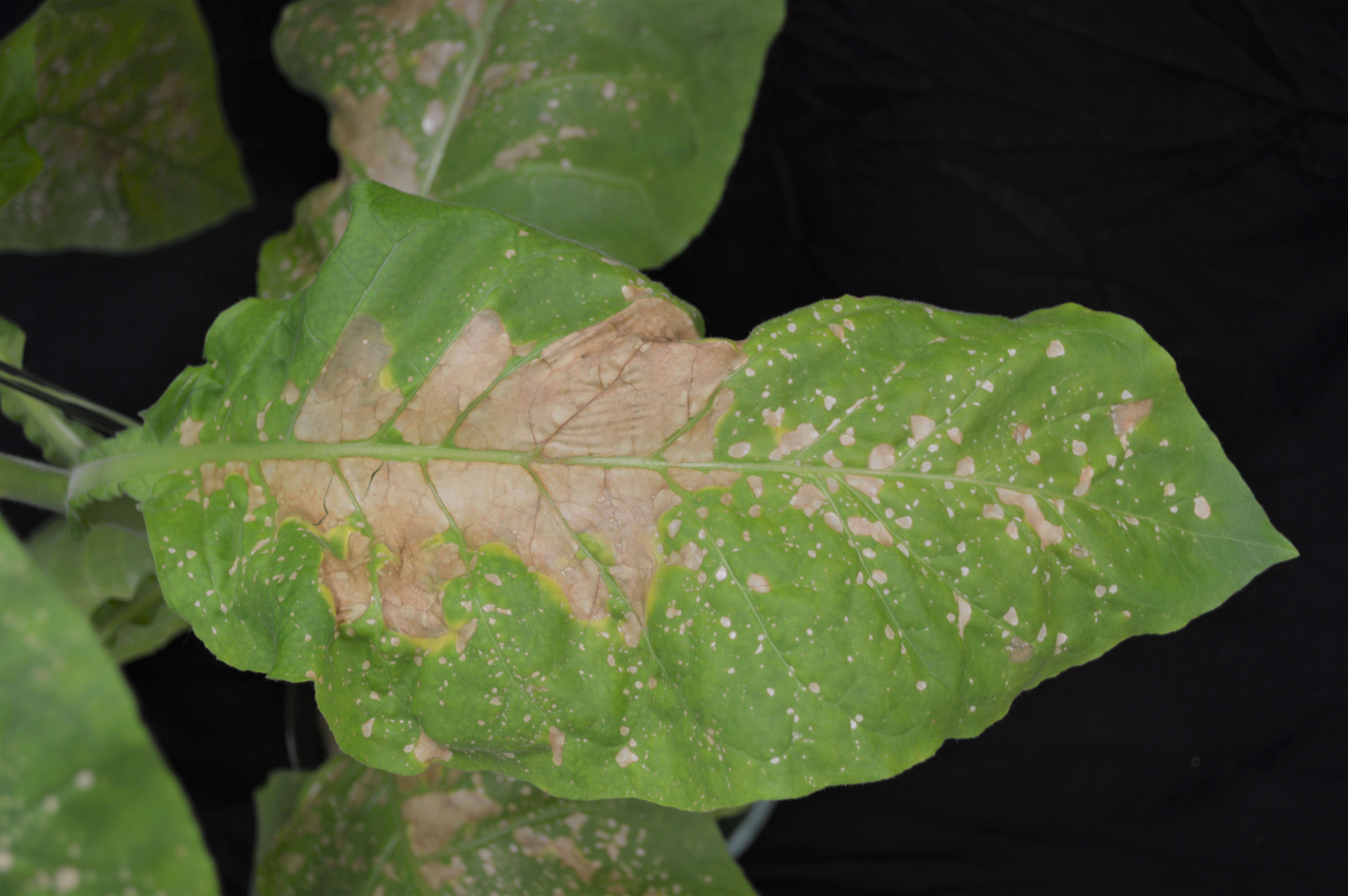 Source: tobacco.ces.ncsu.edu
Source: tobacco.ces.ncsu.edu
The lime percentage was increased while the absorption of magnesia and phosphoric acid was decreased. This role of manganese in plants is extremely crucial. Manganese affects energy budget by regulating carbohydrate metabolism. Manganese is one of nine essential nutrients that plants. One may also ask, do plants need manganese?
 Source: pinterest.com
Source: pinterest.com
Manganese is used in plants as a major contributor to various biological systems including photosynthesis, respiration, and nitrogen assimilation. If you have problems in your fields or garden, get your soil tested. It fulfils a number of roles and is used in photosynthesis (manganese is important for a number of aspects of photosynthesis), synthesis of chlorophyll and nitrogen absorption as well as the synthesis of riboflavin, ascorbic acid and carotene. Salomone (io), on the other hand, found evidences of plasmolysis in wheat that had been fertilized with manganese dioxide at the rate of fifty kilograms per hectar. Helping to metabolize nitrogen and carbohydrates.
 Source: mrgrowit.com
Source: mrgrowit.com
Manganese is one of nine essential nutrients that plants require for growth. In addition, it has many varied roles: (ii) manganese helps in chlorophyll formation. Reduction of nitrates in plants is only possible if sufficient manganese is present. 2) rotate your crops and companion plant when possible.
 Source: aggie-horticulture.tamu.edu
Source: aggie-horticulture.tamu.edu
Despite the importance of mn for. The lime percentage was increased while the absorption of magnesia and phosphoric acid was decreased. Manganese is a plant micronutrient. Manganese is used in plants as a major contributor to various biological systems including photosynthesis, respiration, and nitrogen assimilation. Manganese (mn) is an important micronutrient for plant growth and development and sustains metabolic roles within different plant cell compartments.
 Source: blog.seedsman.com
Source: blog.seedsman.com
Manganese deficiency is a widespread problem, most often occurring in sandy soils, organic soils with a ph above 6 and heavily weathered, tropical soils. Why plants often struggle to absorb sufficient quantities of zinc, manganese and iron soils in the western united states are characteristically alkaline, meaning they have a ph greater than 7.0. Despite the importance of mn for. Manganese is also involved in pollen germination, pollen tube growth, root cell elongation and resistance to root pathogens. 2) rotate your crops and companion plant when possible.
 Source: ipcm.wisc.edu
Source: ipcm.wisc.edu
This role of manganese in plants is extremely crucial. Manganese the plant itself gets from the soil. Save more with subscribe & save. Understanding plant nutrients 3 table 4. Manganese deficiency is a widespread problem, most often occurring in sandy soils, organic soils with a ph above 6.
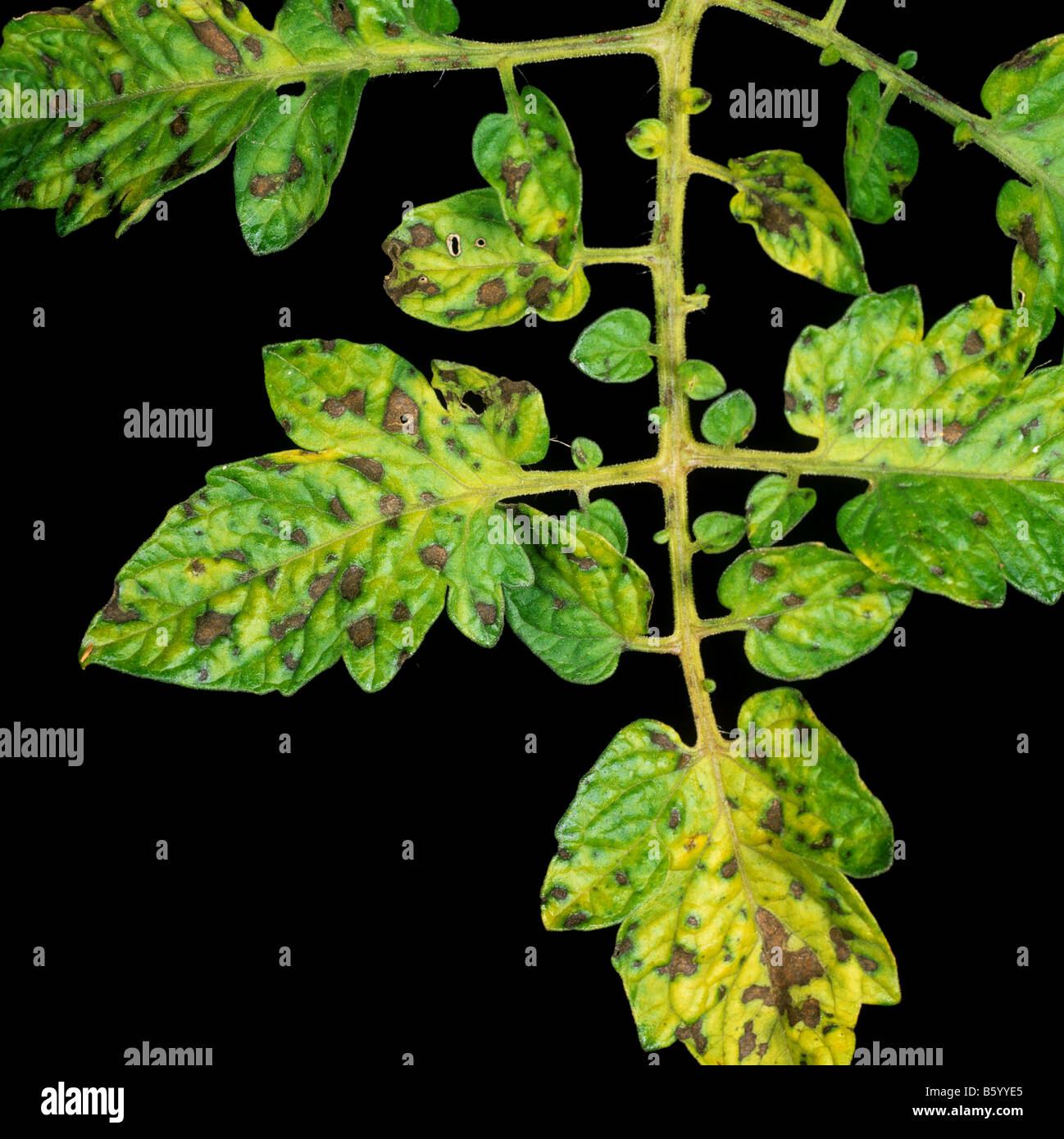 Source: alamy.com
Source: alamy.com
This role of manganese in plants is extremely crucial. American manganese chief technical officer and director zarko meseldzija joined steve darling from proactive to share news the company is announcing the equipment for its demonstration plant is ready for commissioning. Manganese is one of nine essential nutrients that plants require for growth. This role of manganese in plants is extremely crucial. Many processes are dependent on this nutrient, including chloroplast formation, photosynthesis, nitrogen metabolism, and synthesis of some enzymes.
 Source: pinterest.com
Source: pinterest.com
Nevertheless, an excess of this micronutrient is toxic for plants. Manganese also supports the movement of iron in the plant. Manganese (mn) is an important micronutrient for plant growth and development and sustains metabolic roles within different plant cell compartments. Nevertheless, an excess of this micronutrient is toxic for plants. Manganese is also involved in pollen germination, pollen tube growth, root cell elongation and.
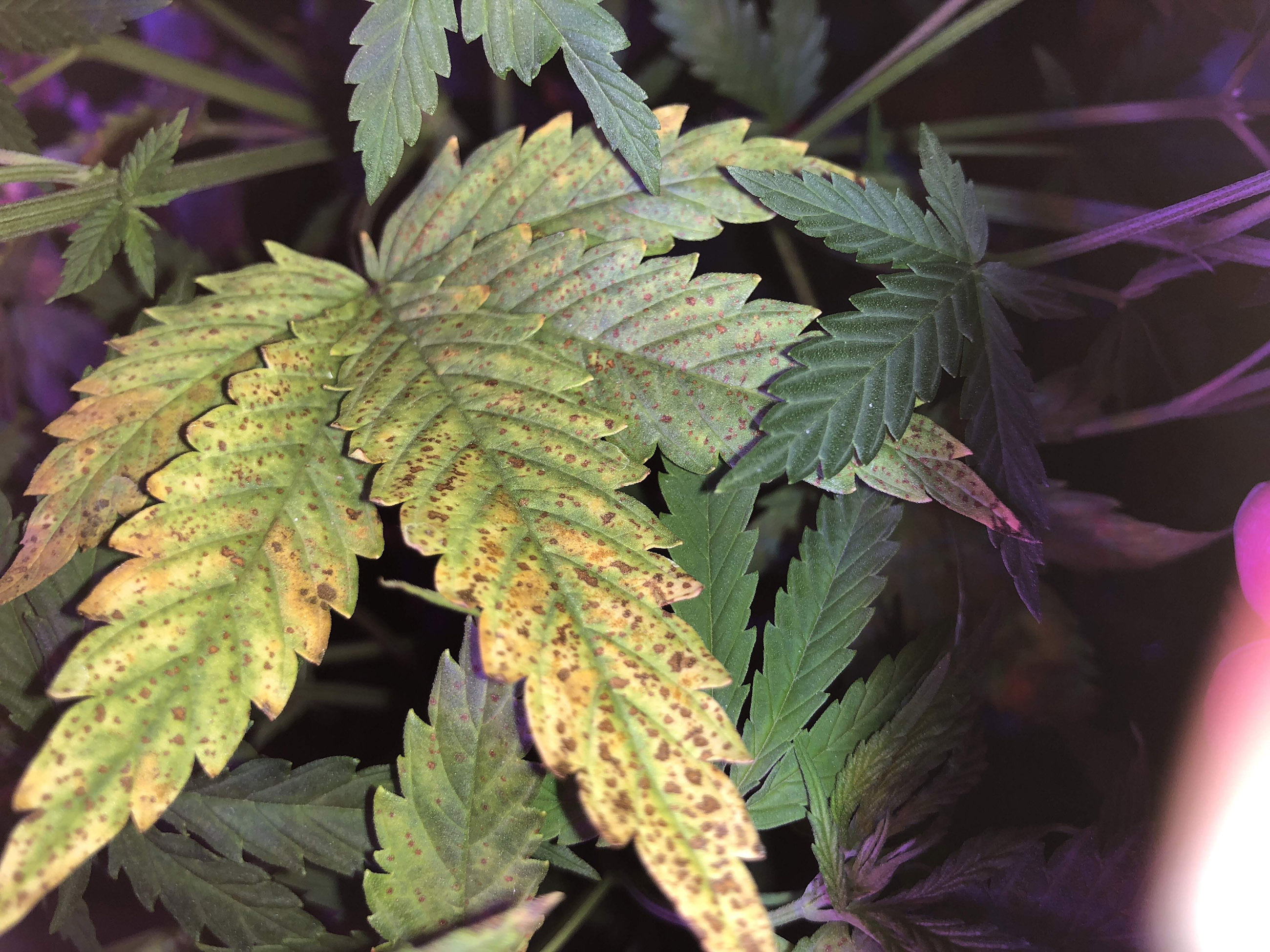 Source: sensiseeds.com
Source: sensiseeds.com
Manganese deficiency is a widespread problem, most often occurring in sandy soils, organic soils with a ph above 6 and heavily weathered, tropical soils. Manganese is also involved in pollen germination, pollen tube growth, root cell elongation and. Manganese (mn) is an important micronutrient for plant growth and development and sustains metabolic roles within different plant cell compartments. For starters, it helps to activate key enzyme systems in plants. 2) rotate your crops and companion plant when possible.
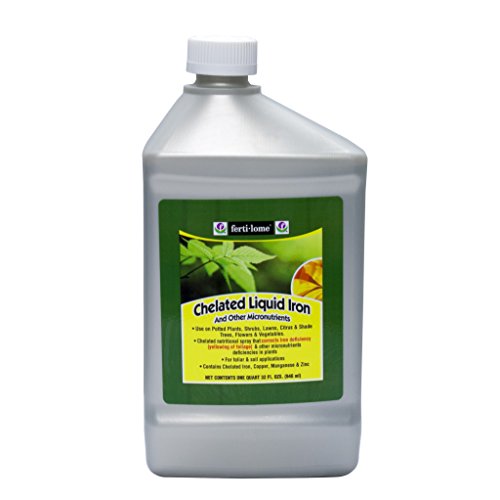 Source: pokrace.com
Source: pokrace.com
Manganese (mn) is an important micronutrient for plant growth and development and sustains metabolic roles within different plant cell compartments. These are conditions under which many of the essential mineral for plant growth can be tenaciously locked in the soil, unavailable for plant use. Meseldzija says the plant is designed to demonstrate the recyclico process in. (i) the role of manganese is regarded as being closely associated with that of iron. It is one of the essential elements that are the building blocks and works to manage the growth process of plants.
 Source: cell.com
Source: cell.com
Manganese is also involved in pollen germination, pollen tube growth, root cell elongation and. Producing lignin, the substance that lends strength to plant stems. Manganese is one of nine essential nutrients that plants require for growth. Helping to metabolize nitrogen and carbohydrates. Manganese is an immobile nutrient and, therefore, deficiency symptoms show up on younger leaves first.
 Source: pinterest.com
Source: pinterest.com
Manganese is an important micronutrient. (i) the role of manganese is regarded as being closely associated with that of iron. Why plants often struggle to absorb sufficient quantities of zinc, manganese and iron soils in the western united states are characteristically alkaline, meaning they have a ph greater than 7.0. American manganese chief technical officer and director zarko meseldzija joined steve darling from proactive to share news the company is announcing the equipment for its demonstration plant is ready for commissioning. Many processes are dependent on this nutrient, including chloroplast formation, photosynthesis, nitrogen metabolism and synthesis of some enzymes.
 Source: pthorticulture.com
Source: pthorticulture.com
It fulfils a number of roles and is used in photosynthesis (manganese is important for a number of aspects of photosynthesis), synthesis of chlorophyll and nitrogen absorption as well as the synthesis of riboflavin, ascorbic acid and carotene. Many processes are dependent on this nutrient, including chloroplast formation, photosynthesis, nitrogen metabolism and synthesis of some enzymes. Manganese also supports the movement of iron in the plant. These are conditions under which many of the essential mineral for plant growth can be tenaciously locked in the soil, unavailable for plant use. For starters, it helps to activate key enzyme systems in plants.
 Source: pinterest.com
Source: pinterest.com
(“kemetco”) are pleased to report that the equipment in the company’s demonstration plant is ready for commissioning.the plant is designed to demonstrate the recyclico™ process in. Plant analysis can also determine how much applied manganese plants are able to use. This role of manganese in plants is extremely crucial. Save more with subscribe & save. It is one of the essential elements that are the building blocks and works to manage the growth process of plants.
 Source: growyour420.com
Source: growyour420.com
Manganese is also involved in pollen germination, pollen tube growth, root cell elongation and. Manganese is one of nine essential nutrients that plants require for growth. The role of manganese in plants is crucial for most plants to grow and reproduce. Toxicity might occur when manganese tissue levels are greater than 400 ppm. Manganese the plant itself gets from the soil.
This site is an open community for users to submit their favorite wallpapers on the internet, all images or pictures in this website are for personal wallpaper use only, it is stricly prohibited to use this wallpaper for commercial purposes, if you are the author and find this image is shared without your permission, please kindly raise a DMCA report to Us.
If you find this site serviceableness, please support us by sharing this posts to your preference social media accounts like Facebook, Instagram and so on or you can also bookmark this blog page with the title manganese for plants by using Ctrl + D for devices a laptop with a Windows operating system or Command + D for laptops with an Apple operating system. If you use a smartphone, you can also use the drawer menu of the browser you are using. Whether it’s a Windows, Mac, iOS or Android operating system, you will still be able to bookmark this website.






